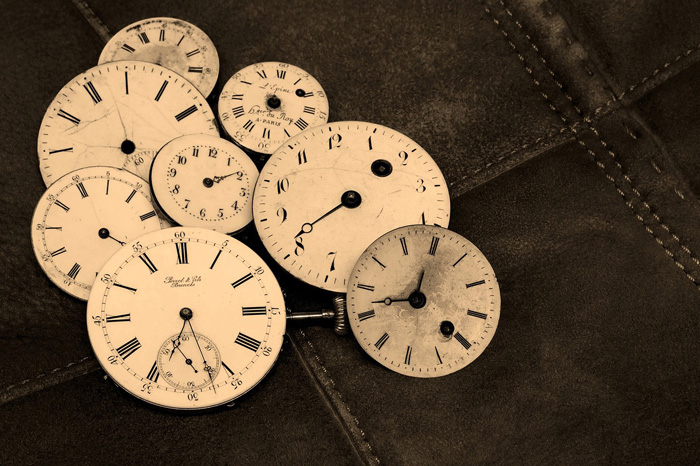Guest post by Christian R. Landry. #TAGC16 Shorts are brief summaries of presentations at The Allied Genetics Conference, a combined meeting of seven genetics research communities held July 13-17, 2016 in Orlando, Florida.
When building new phenotypes, evolution often draws on mutations of the intricate mechanisms that regulate gene expression. If such regulatory mutations are associated with the affected genes themselves, they are known as cis regulatory mutations; if the mutations are associated with other genes they are said to act in trans. One trick that researchers have used to differentiate these two effects is to create F1 hybrids between their strains of interest, in which they can follow the expression of two alleles independently. Unequal expression of the two alleles reveals the influence of cis acting mutations. Most studies so far have measured mRNA abundance at steady state and have shown that mutations affecting how much mRNA is present are frequent within and between species. However, survival in a changing environment may depend less on the amount of mRNA produced and more on the time it takes to produce it. But until recently it was largely unknown whether cis acting mutations also affect the timing of gene expression. Ching-Huah Shih, a postdoctoral fellow working with Justin Fay at Washington University, is exploiting the hybrid approach to learn whether cis regulatory variation that affects the dynamics of induction occurs in budding yeast populations and species.
To do so, he measures genome-wide mRNA abundance along a time-course of gene expression induction in hybrids. In a talk presented at the workshop on yeast diversity of the GSA Yeast Genetics Meeting, Ching-Hua showed that cis regulatory variation affecting induction dynamics is as abundant as variation affecting steady-state levels. One major question that emerges from this observation is whether dynamics and steady state levels can be optimized independently from each other by natural selection. Ching-Hua provided a partial yet key answer to this question by showing that species differences in steady-state levels are significantly associated with nucleotide substitutions in the promoter regions, whereas the dynamics are associated with insertions and deletions. Yeast promoter regions are rich in simple sequence repeats that evolve fast by gaining and losing repeat units. Natural selection may thus have plenty of variation to play with to fine-tune gene expression dynamics. One important challenge ahead will be to examine whether natural selection prefers tuning gene expression timing rather than abundance.
P2068B Cis-acting variation in gene expression dynamics within and between Saccharomyces species. Ching-Hua Shih.
TAGC16 Workshop: Beyond cerevisiae: Exploiting yeast diversity in nature to understand genome evolution in diverse environments Organizers: Christian Landry, Universite Laval, Quebec, Canada, and Judith Berman, Tel Aviv University, Israel.
About the author: Christian R. Landry, Université Laval. Christian is doing research in evolutionary systems biology. You can follow him on twitter: @landrychristian and follow the work of his team at http://landrylab.ibis.ulaval.ca/













